You may hear that the water bears (official name: Tardigrades) are the toughest animal on the Earth. Water bears can survive in hot springs, in the deep ocean, under solid layers of ice, and even after exposure to deadly irradiation.
How can they do that? It is because water bears can enter a resting state known as cryptobiosis and suspend their body activity under these harsh environments. They will wake up once the environment becomes suitable for living.
Today, we are going to test if this is true. When I wrote this post (February 2020), the place I live (Boston, Massachusetts) is still in the deep-frozen winter. Everything seems stationary outside. I am going to a hike in one of my favorite places, Hancock woodland, and see if I can find water bears in sleep.

This article covers
Tools to bring
I always bring a simple set of sampling tools in my backpack. I have a spatula, forceps, scissors, a marker pen, several resealable bags, and a jar.
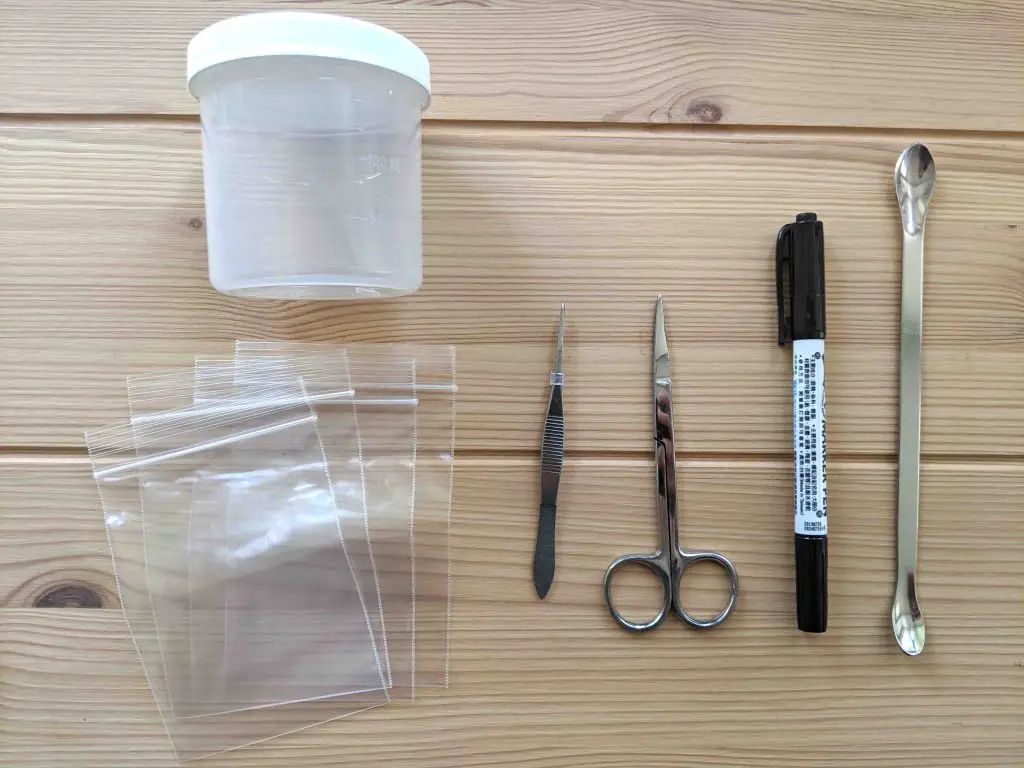
Water bear field trip
Very quickly, I saw a big piece of lichen on the ground. It is frozen and dried.
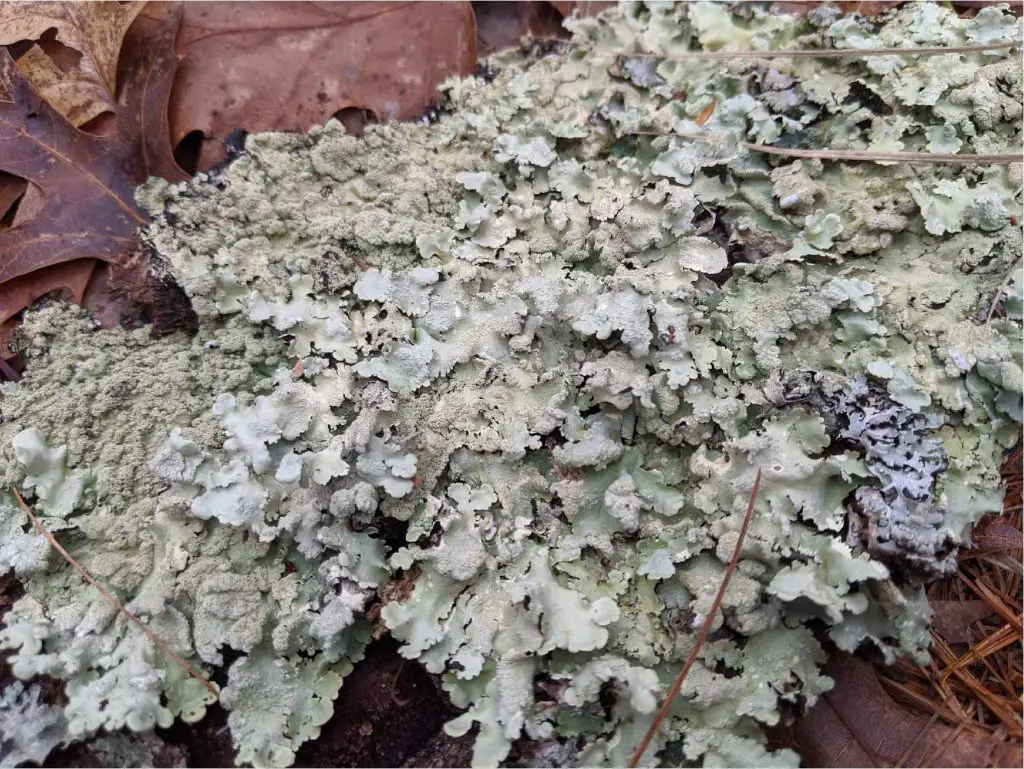
I collected a piece of lichen in a resealable bag. Close and label time and location.
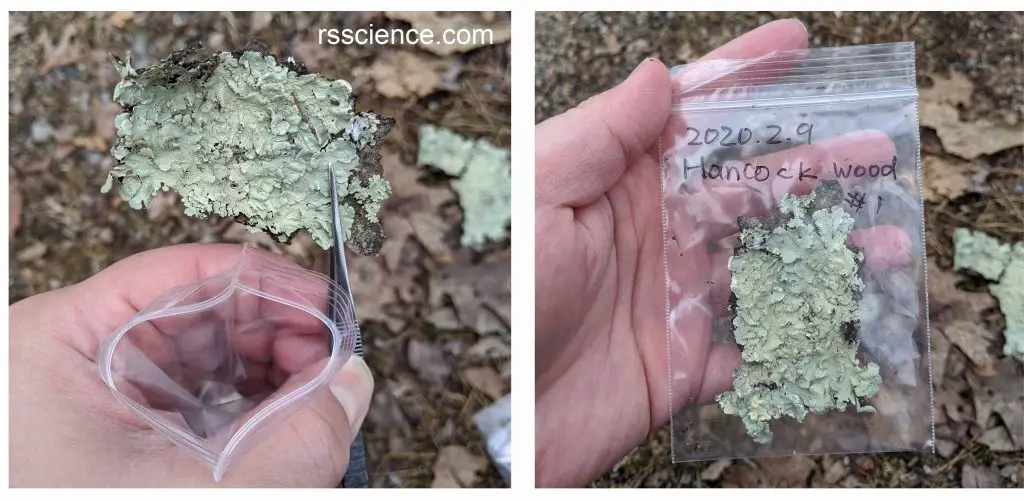
Then, I collected some lichen growing on the tree bark.
I also found some lichen growing on a rock. However, I felt I have enough lichen on this trip.
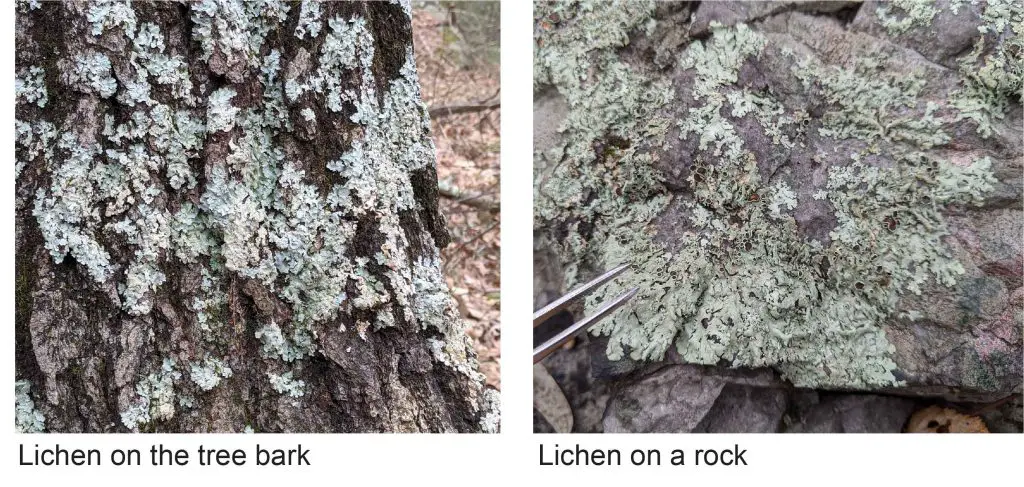
I saw mosses growing around a tree like a neck pillow. They are so cute, so I left them untouched.
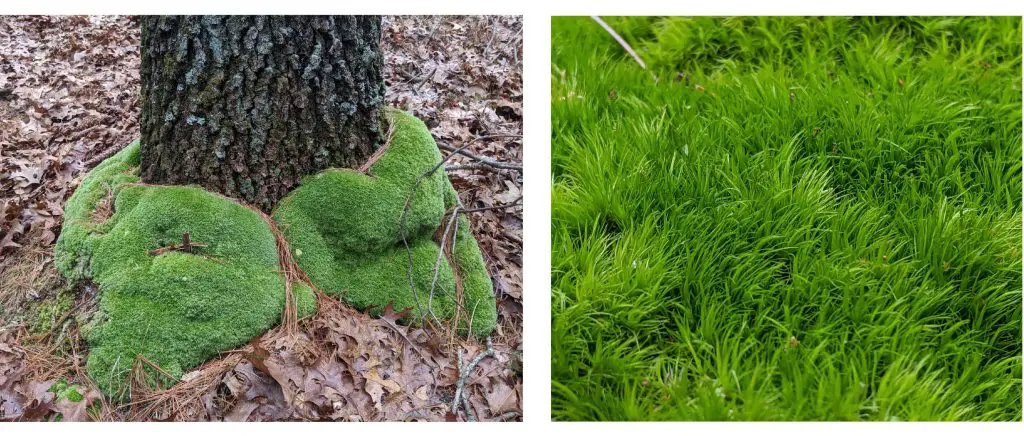
I found dried mosses on rocks and trees. I collected some of them.
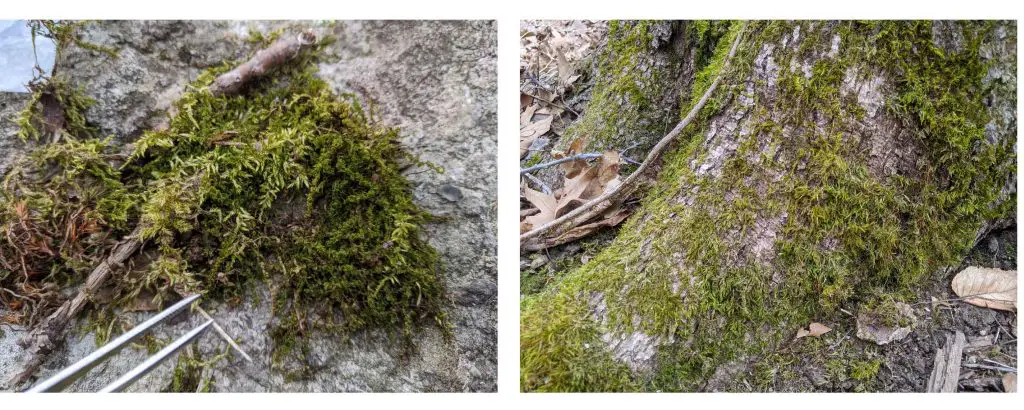
On my way home, I saw two Canada goose walking on a frozen pond. I hope they won’t fall.
So here are my collections today.
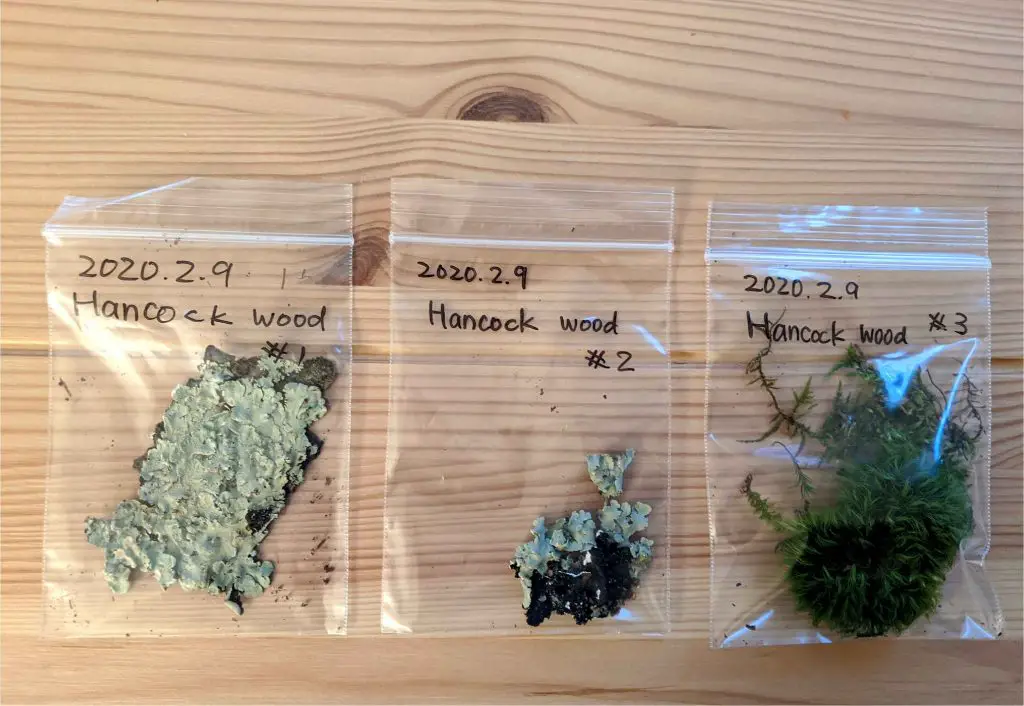
How to find water bears
I put each specimen into Petri dishes and rehydrate them with cooled boiled water. The reason why I use cooled boiled water is to ensure there are no microorganisms in the water. Anything evolved from the water later we observed is from the dry moss.

The next day, I moved one dish under my stereo microscope. I used the stereo microscope because I can quickly scan through the whole dish. If you do not have a stereo microscope, you can transfer a few drops of water to a slide (ideally, the one with a single concave) and look under a compound microscope.
I did not see any water bears at this moment. However, surprisingly, I saw other microorganisms.
I saw a rotifer stretching its body while anchoring one end of its body on a piece of mosses. Then, it moved away like a caterpillar inchworming. Rotifers, commonly called wheel animals, can feed by rotating their cilia like a wheel to create a vortex and suck in food.
I also encountered a “snake”! It is a nematode with a transparent body. It is waking up by stretching its body (obviously, not its arms or legs).
No bear today….I decided to wait for one more day. Maybe these water bears are just a little bit lazy.

Day 2, I finally saw a water bear! When I spotted it, it was resting behind the moss leaf and resisted to show up. Suddenly, it made up its mind, jumped out of its bed, and quickly crawled away from my view. Such a cute bear!
A few days later, I encountered the same (maybe) water bear again. This time, it crawled behind mosses and probably were eating the leaf.
I also spotted two insect larva (unknown, maybe mosquito?) are chewing moss leaf. It is quite shocking to see such common stuff that we are pretty familiar with, but in a totally different scale under a microscope.
I also saw two ciliates wandering around. Ciliates are single-celled animals that move by waving their hair-like cilia.
I am pretty satisfied with what I found this time. I put the plants and tiny animals back to a corner of my backyard.
Key takeaways
In conclusion, the winter of New England (the cold condition) is just a piece of cake for water bears. In fact, many microorganisms can survive and rest during the winter, and quickly recover when everything is thawing in the spring.
Do you like our field research story? Subscribe our email list and we will let you know once we have new adventures. Also, grab your hiking poles and go out to hunt your water bears!


Absolutely loved this presentation. I bought a stereo microscope last year and installed it in my Michigan cottage. I have tried looking for tardigrades without success. Now I know to add water to specimens and wait, wait, wait. I am sure I will be rewarded by my first live spotting of a tardigrade.